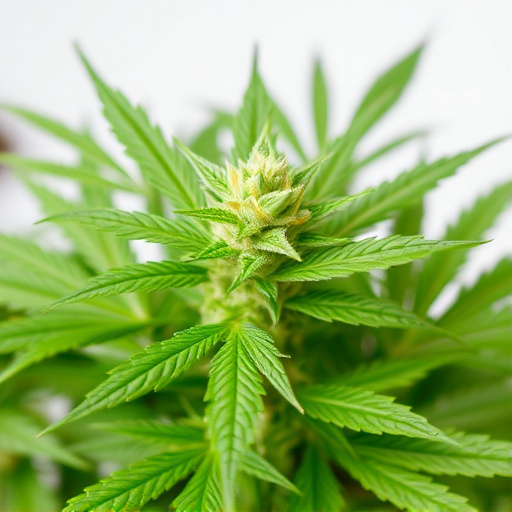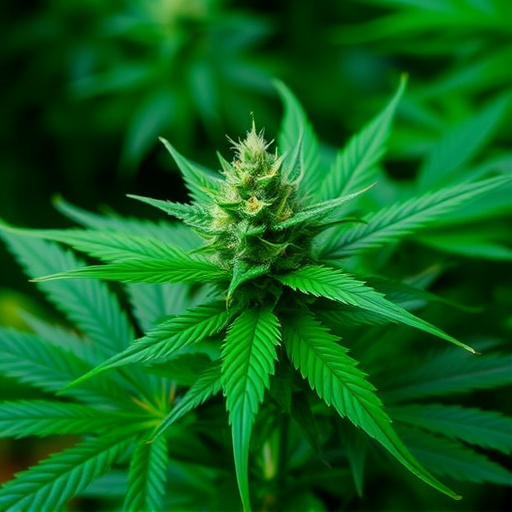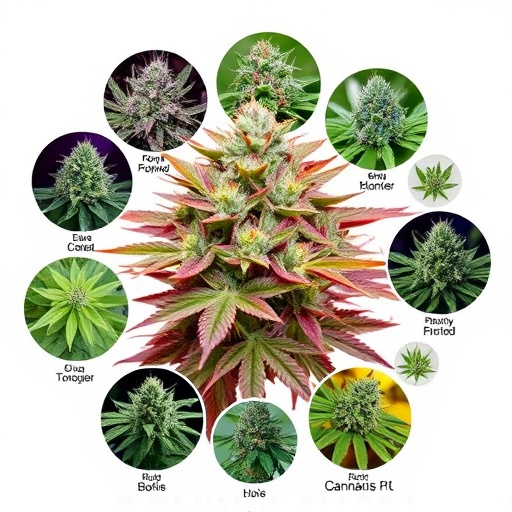Smoking or consuming marijuana has both short-term effects like dry mouth and red eyes, and long-term risks, especially for young users, linked to brain development and potential respiratory issues. Most popular cannabis strains with high THC content can intensify reactions, increasing the likelihood of anxiety, paranoia, and coordination problems. Regular use may lead to memory lapses and addiction. In contrast, CBD-rich strains offer therapeutic benefits without inducing a high, making them sought after for medical purposes.
“Smoking weed, or cannabis, has become increasingly normalized, but understanding its side effects is crucial for informed decisions. This article explores the diverse consequences of cannabis consumption, both short-term and long-term. From cognitive impacts to health implications, we delve into how popular cannabis strains affect users differently. Discover the potential risks and benefits as we navigate through the ever-growing landscape of legal cannabis, focusing on the most popular cannabis strains available today.”
- Short-term Side Effects of Weed Consumption
- Long-term Health Implications of Regular Cannabis Use
- The Impact of Popular Cannabis Strains on Users
Short-term Side Effects of Weed Consumption

Smoking weed, or consuming it in any form, comes with a range of short-term side effects that vary from person to person. These can include immediate physical reactions such as dry mouth, red eyes, and increased heart rate. Many users also experience a distorted sense of perception, heightened sensitivity to sounds and sights, and even memory lapses or difficulty concentrating—a phenomenon often referred to as “dullness” or “mental cloudiness.”
One of the most talked-about effects is the impact on coordination and motor skills, which can be pronounced, especially with higher doses. This is why many users are advised against driving or operating heavy machinery immediately after consumption. Additionally, the strain’s potency plays a significant role in these side effects. The most popular cannabis strains, known for their high THC content, are likely to induce more intense reactions, making it crucial for users to be mindful of their tolerance levels and start with smaller doses.
Long-term Health Implications of Regular Cannabis Use

Regular cannabis use, especially among younger individuals, can have significant long-term health implications. Studies have shown that chronic exposure to the chemicals in marijuana, particularly THC (tetrahydrocannabinol), can impact brain development. This is especially concerning for adolescents and young adults whose brains are still developing. Over time, regular use may lead to issues with memory, attention, and decision-making abilities.
Additionally, long-term cannabis users are at a higher risk of developing respiratory problems due to the smoke inhaled from smoking marijuana, which can contain harmful substances similar to those found in tobacco smoke. This is particularly relevant as many popular cannabis strains today have been bred to have higher THC content, potentially exacerbating these risks. Other potential health effects include increased anxiety, paranoia, and the possibility of addiction, especially with frequent and heavy use.
The Impact of Popular Cannabis Strains on Users

The most popular cannabis strains, known for their diverse effects, offer a range of experiences that can significantly impact users. Strains like Blue Dream and Girl Scout Cookies are celebrated for their potent blends, often providing intense mental and physical highs. These strains may evoke feelings of euphoria, enhanced creativity, and relaxation—a combination that appeals to many recreational users. However, the potency also means an increased risk of anxiety, paranoia, and short-term memory issues.
On the other hand, strains like CBD-rich Charlotte’s Web are gaining popularity for their minimal psychoactive effects and high levels of cannabidiol (CBD). While CBD doesn’t produce a “high,” it offers potential therapeutic benefits such as reduced inflammation, pain relief, and anxiolytic properties. This makes these strains particularly appealing to medical users seeking treatment for conditions like chronic pain or anxiety without the mental impairment associated with traditional cannabis use.
While the debate around medical and recreational marijuana use continues, it’s crucial to consider both its potential benefits and side effects. Understanding the short-term and long-term health implications of regular cannabis use, as well as the impact of popular cannabis strains, can help individuals make informed decisions. By weighing these factors, users can navigate the world of cannabis consumption more safely and effectively.














